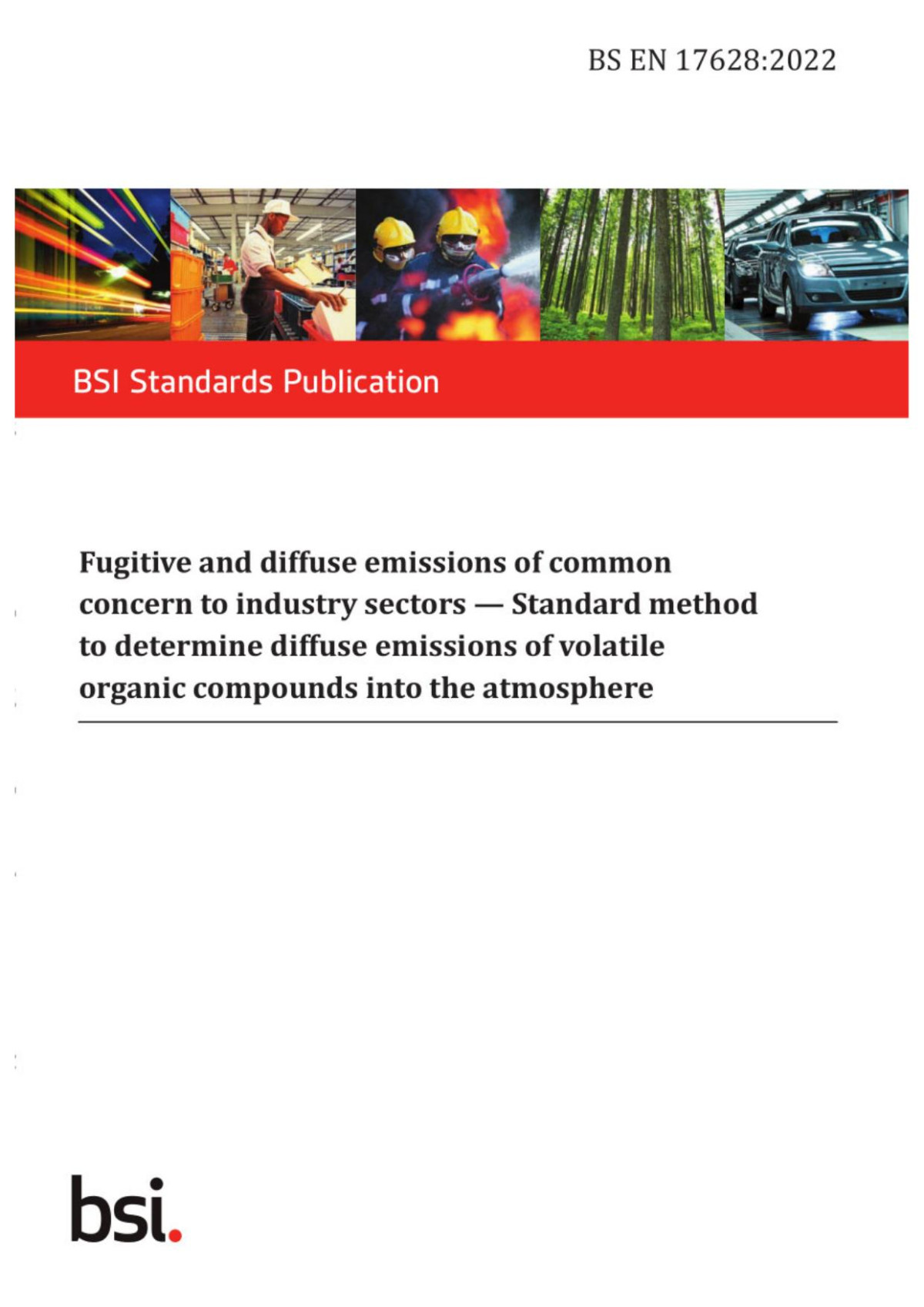

Most ebook files are in PDF format, so you can easily read them using various software such as Foxit Reader or directly on the Google Chrome browser.
Some ebook files are released by publishers in other formats such as .awz, .mobi, .epub, .fb2, etc. You may need to install specific software to read these formats on mobile/PC, such as Calibre.
Please read the tutorial at this link: https://ebookbell.com/faq
We offer FREE conversion to the popular formats you request; however, this may take some time. Therefore, right after payment, please email us, and we will try to provide the service as quickly as possible.
For some exceptional file formats or broken links (if any), please refrain from opening any disputes. Instead, email us first, and we will try to assist within a maximum of 6 hours.
EbookBell Team

5.0
98 reviewsFugitive and diffuse emissions of common concern to
industry sectors - Standard method to determine diffuse
emissions of volatile organic compounds into the
atmosphere
1 Scope
This document specifies the framework for determining emissions to the atmosphere of Volatile Organic
Compounds (VOCs). It specifies a system of methods to detect and/or identify and/or quantify VOC
emissions from industrial sources. These methods include Optical Gas Imaging (OGI), Differential
Absorption Lidar (DIAL), Solar Occultation Flux (SOF), Tracer Correlation (TC), and Reverse Dispersion
Modelling (RDM). It specifies the methodologies for carrying out all the above, and also the performance
requirements and capabilities of the direct monitoring methods, the requirements for the results and
their measurement uncertainties.
This document specifically addresses, but is not restricted to, the petrochemicals, oil refining, and
chemical industries receiving, processing, storing, and/or exporting of VOCs, and includes the emissions
of VOCs from the natural gas processing/conditioning industry and the storage of natural gas and similar
fuels. The methods specified in this document have been validated at onshore facilities.
This document is applicable to diffuse VOC emissions to atmosphere but not to the emissions of VOCs into
water and into solid materials such as soils. It is complementary to EN 15446 [9], the standardized
method for the detection, localization of sources (individual leaks from equipment and piping), and
quantification of fugitive VOC emissions within the scope of a Leak Detection and Repair Programme
(LDAR).
This document has been validated for non-methane VOCs, but the methodology is in principle applicable
to methane and other gases.
This document specifies methods to determine (detect, identify and/or quantify) VOC emissions during
the periods of monitoring. It does not address the extrapolation of emissions to time periods beyond the
monitoring period